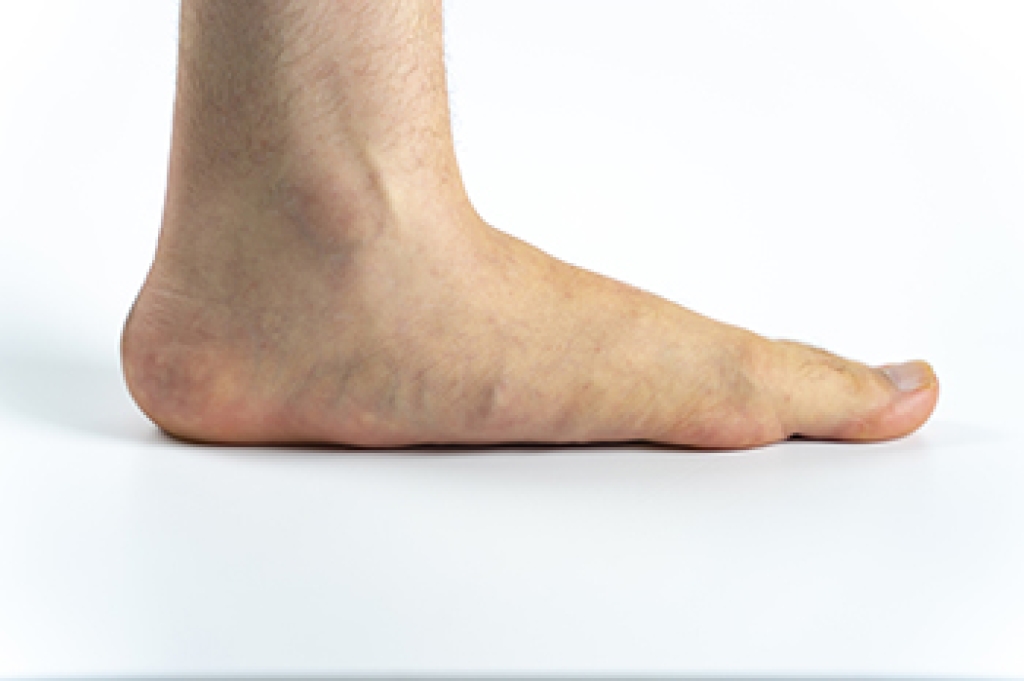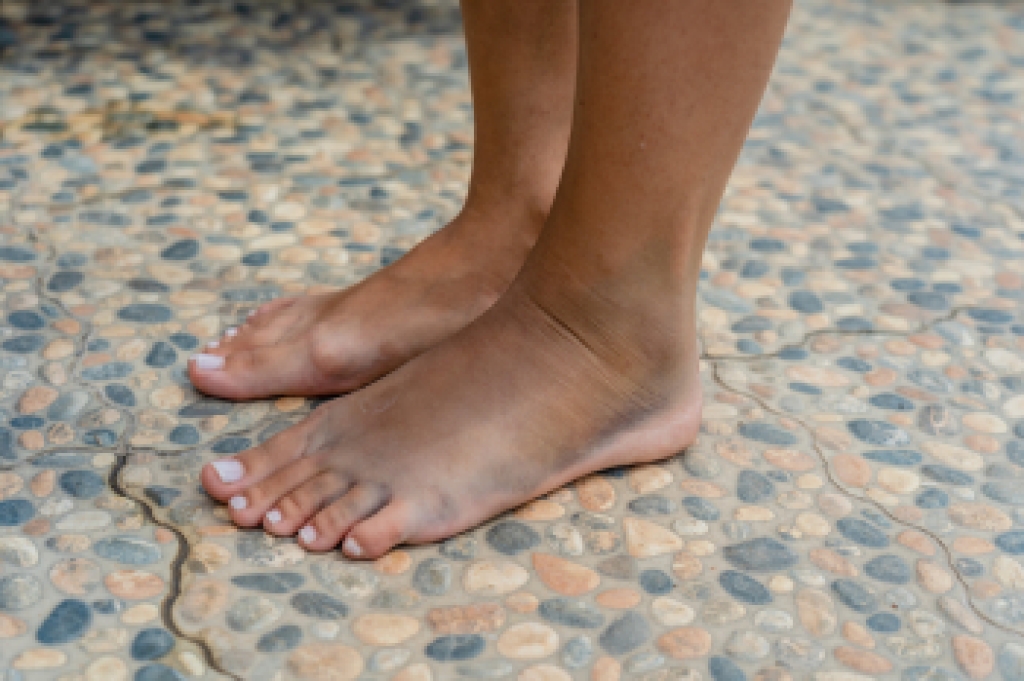
Gout is a form of arthritis that often affects the joints in the feet, particularly the big toe. Symptoms typically appear suddenly, often at night, and include intense pain, swelling, redness, and warmth in the affected joint. The area may appear shiny and feel extremely tender, even to the touch of a bedsheet. Gout is caused by a buildup of uric acid in the blood, which forms sharp crystals in the joints. Common triggers include diets high in red meat or seafood, excessive alcohol, dehydration, and genetic factors. A podiatrist can diagnose gout through a physical exam, a review of symptoms, and possibly blood tests or joint fluid analysis. Treatment may involve anti-inflammatory medications, dietary changes, lifestyle advice, and, in some cases, medication to reduce uric acid levels. A podiatrist can also help manage recurring flare-ups and long-term joint health. If you are experiencing these symptoms, it is suggested that you schedule an appointment with a podiatrist for appropriate relief and treatment solutions.
Gout is a painful condition that can be treated. If you are seeking treatment, contact Robert Hutchison, DPM, FACFAS from Lower Keys Foot & Ankle Surgery. Our doctor will treat your foot and ankle needs.
What Is Gout?
Gout is a form of arthritis that is characterized by sudden, severe attacks of pain, redness, and tenderness in the joints. The condition usually affects the joint at the base of the big toe. A gout attack can occur at any random time, such as the middle of the night while you are asleep.
Symptoms
- Intense Joint Pain - Usually around the large joint of your big toe, and it most severe within the first four to twelve hours
- Lingering Discomfort - Joint discomfort may last from a few days to a few weeks
- Inflammation and Redness -Affected joints may become swollen, tender, warm and red
- Limited Range of Motion - May experience a decrease in joint mobility
Risk Factors
- Genetics - If family members have gout, you’re more likely to have it
- Medications - Diuretic medications can raise uric acid levels
- Gender/Age - Gout is more common in men until the age of 60. It is believed that estrogen protects women until that point
- Diet - Eating red meat and shellfish increases your risk
- Alcohol - Having more than two alcoholic drinks per day increases your risk
- Obesity - Obese people are at a higher risk for gout
Prior to visiting your podiatrist to receive treatment for gout, there are a few things you should do beforehand. If you have gout you should write down your symptoms--including when they started and how often you experience them, important medical information you may have, and any questions you may have. Writing down these three things will help your podiatrist in assessing your specific situation so that he or she may provide the best route of treatment for you.
If you have any questions, please feel free to contact our office located in Key West, FL . We offer the newest diagnostic and treatment technologies for all your foot care needs.




